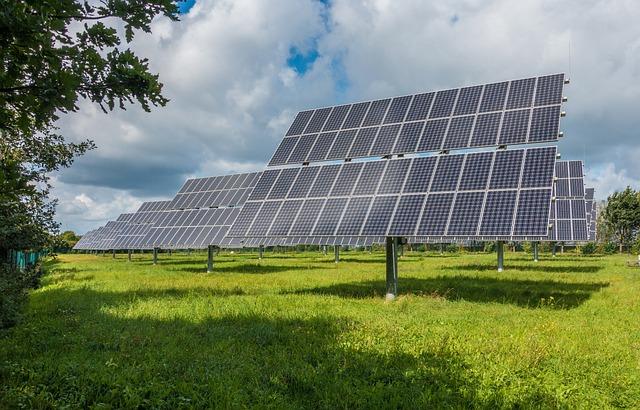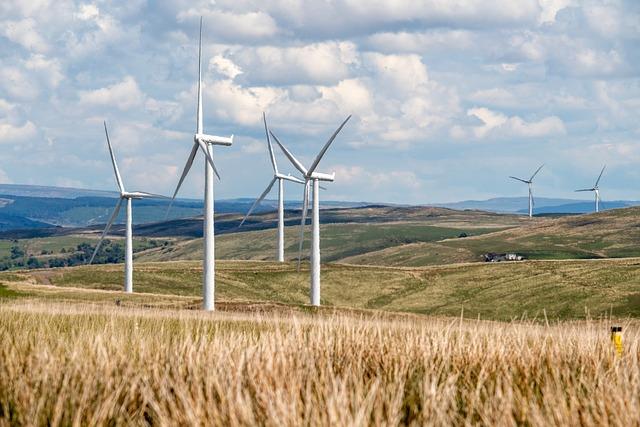TABLE OF CONTENTS
- Introduction
- Rising Demand for Renewable Energy
- Technological Advancements in Renewable Energy
- Environmental Benefits of Renewable Energy
- Challenges and Future Outlook
- Conclusion
- FAQs
- References
INTRODUCTION
Renewable energy is a critical component of our efforts to combat climate change and transition to a more sustainable future. In recent years, there has been a significant rise in the adoption and development of renewable energy technologies worldwide. This article explores the increasing demand for renewable energy, the latest technological advancements in the field, the environmental benefits it offers, as well as the challenges and future prospects associated with its widespread implementation.
RISING DEMAND FOR RENEWABLE ENERGY
The global push for renewable energy sources has gained momentum as countries and industries seek cleaner alternatives to traditional fossil fuels. Governments are setting ambitious targets for renewable energy generation to reduce greenhouse gas emissions and promote energy security. Wind, solar, hydroelectric, and geothermal power are among the most widely utilized renewable sources, with investments pouring into expanding their capacities.

(Image: Pixabay/@Pexels)
As consumers become more environmentally conscious, there is a growing preference for products and services that are powered by renewable energy. Businesses are also recognizing the economic advantages of going green by investing in renewable energy solutions that not only lower carbon footprints but also result in cost savings over the long term.
With advancements in energy storage technologies and grid integration, renewable energy sources are increasingly becoming reliable and competitive with conventional energy sources. The shift towards renewables is reshaping the energy landscape and driving innovation in the sector.
TECHNOLOGICAL ADVANCEMENTS IN RENEWABLE ENERGY
The rapid pace of technological innovation is accelerating the deployment of renewable energy solutions. Improved solar panel efficiency, enhanced wind turbine designs, and breakthroughs in bioenergy and tidal power are revolutionizing the way we harness clean energy. Smart grids, predictive analytics, and Internet of Things (IoT) applications are optimizing energy production and consumption, making renewable systems more efficient and flexible.

(Image: Pixabay/@mrganso)
Energy storage systems, such as batteries and pumped hydro, play a crucial role in balancing the intermittent nature of renewable sources and ensuring grid stability. Innovations in storage technologies are paving the way for greater renewable energy penetration and enabling a smoother transition to a renewable-centric power system.
Collaborations between research institutions, industry players, and governments are driving research and development in areas like floating solar farms, wave energy converters, and next-generation biofuels. These cutting-edge technologies hold the key to unlocking the full potential of renewable energy and meeting our sustainability goals.
ENVIRONMENTAL BENEFITS OF RENEWABLE ENERGY
Embracing renewable energy is not just about reducing carbon emissions; it also offers a myriad of environmental benefits. By displacing fossil fuel consumption, renewables help improve air quality, mitigate climate change impacts, and reduce reliance on finite resources. Solar and wind power, in particular, have a minimal environmental footprint compared to traditional forms of electricity generation.

(Image: Pixabay/@Myriams-Fotos)
The shift towards renewables contributes to biodiversity conservation, land preservation, and water resource management, promoting a healthier ecosystem. Renewable energy projects create new job opportunities, stimulate local economies, and foster community engagement, enhancing social well-being alongside environmental protection.
From decreasing water usage in power generation to curbing pollutants and waste discharge, renewable energy plays a vital role in building a more sustainable and resilient society for current and future generations.
CHALLENGES AND FUTURE OUTLOOK
While the advancement of renewable energy is promising, several challenges remain in achieving a fully sustainable energy system. Issues like intermittency, grid congestion, regulatory barriers, and market uncertainties pose hurdles to the widespread adoption of renewables. Addressing these challenges requires comprehensive policy frameworks, innovative business models, and cross-sector collaborations.

(Image: Pixabay/@EdWhiteImages)
Looking ahead, the future of renewable energy looks bright, driven by ongoing technology enhancements, supportive policies, and increased public awareness. As costs continue to decline, and efficiency levels rise, renewable energy is poised to become a dominant force in the global energy mix, paving the way for a greener and more prosperous future.
CONCLUSION
The rise of renewable energy technologies signifies a paradigm shift towards a more sustainable energy landscape. As the world embraces cleaner and more efficient energy solutions, we move closer to achieving our environmental goals and ensuring a secure energy future. Investing in renewable energy not only benefits the planet but also opens up new possibilities for economic growth and social well-being.
FAQs
How do renewable energy sources help combat climate change?
Renewable energy sources like solar and wind power produce electricity without emitting greenhouse gases, thus helping reduce the carbon footprint associated with energy generation.
What are the primary challenges facing wider renewable energy adoption?
Intermittency, storage limitations, grid integration complexities, regulatory uncertainties, and initial investment costs are some of the key challenges hindering the broader adoption of renewable energy technologies.

